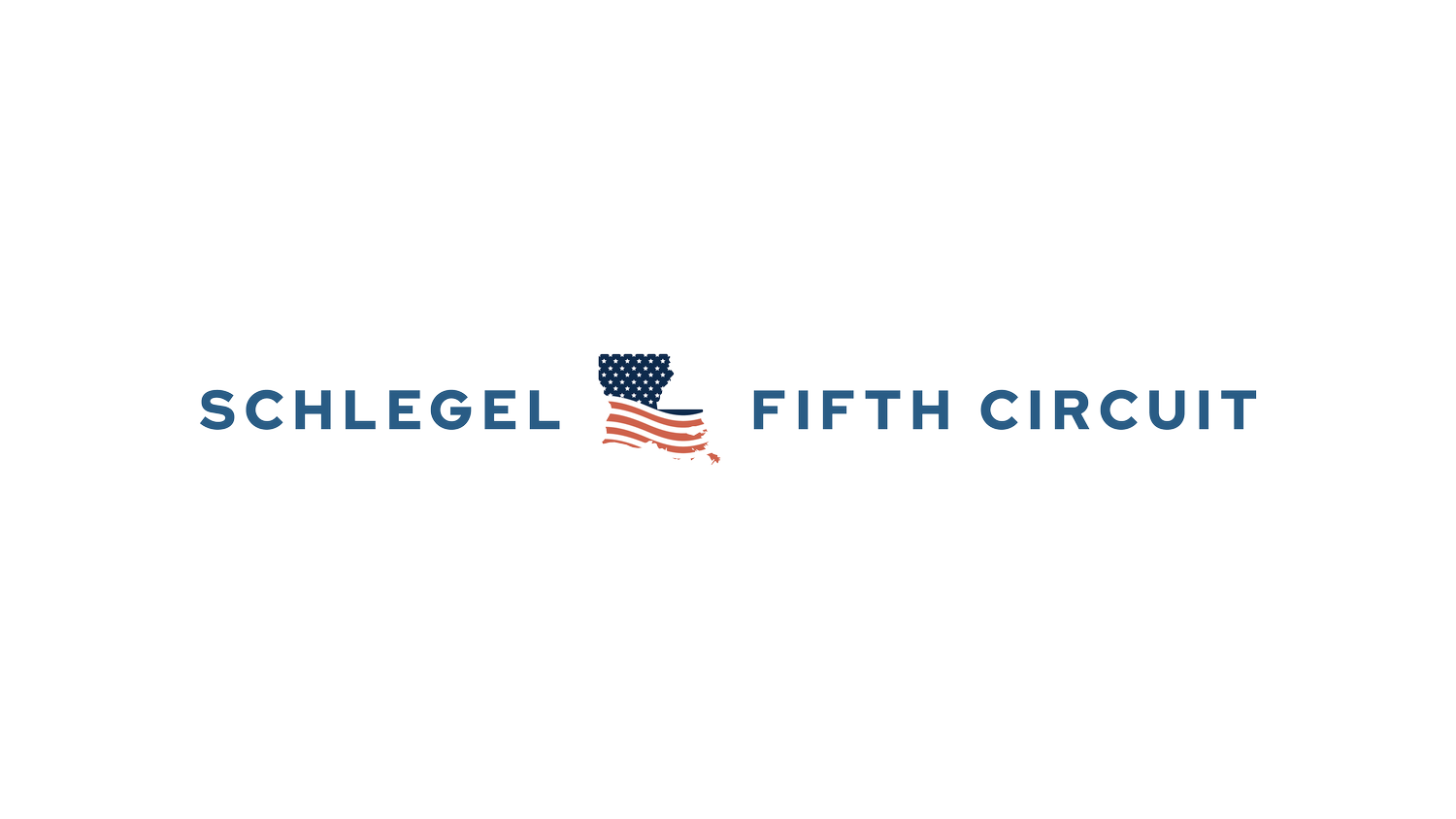The Evolution of Demonstrative Evidence: From Foam Boards to AI Generated Videos
Have you seen the new image generator tools coming out from Grok and Flux this week that are then paired with Runway or Kling? These cutting-edge technologies are revolutionizing visual content creation, offering unprecedented possibilities for generating realistic images and videos. As they become more accessible, they're poised to transform legal proceedings, particularly in the realm of demonstrative evidence.
For decades, attorneys have relied on visual aids to help jurors and judges understand complex concepts, visualize crime scenes, and grasp abstract ideas. The journey of demonstrative evidence mirrors the evolution of technology itself. In the early days of the American legal system, lawyers relied on rudimentary tools like hand-drawn diagrams and physical props. The introduction of overhead projectors in the mid-20th century allowed for more dynamic displays, while personal computers and software like PowerPoint revolutionized courtroom presentations altogether.
The new millennium brought advanced 3D modeling and animation software, enabling detailed reconstructions of events and scenes. However, even these advancements pale in comparison to the AI-driven revolution we're witnessing today.
Artificial intelligence and machine learning have given rise to tools that can generate hyper-realistic images and videos based on minimal input. Platforms like Midjourney, DALL-E, Flux and Stable Diffusion are democratizing the creation of sophisticated visual content. When combined with video creation software like Runway, the potential for creating persuasive—and potentially misleading—visual evidence becomes almost limitless.
This technological leap presents both opportunities and challenges for the legal system. These tools may offer the potential to create cost-effective, high-quality visual evidence that could help jurors better understand complex scenarios. They may even allow for the visualization of hypothetical situations or the reconstruction of events with little physical evidence.
However, the power of these tools also raises serious concerns. The creation of misleading representations becomes easier than ever, potentially skewing jurors' perceptions. As the line between real and AI-generated imagery blurs, there's a risk that emotionally impactful, but potentially speculative, visualizations could unfairly prejudice jurors, compromising the integrity of any trial.
These developments may force us to reconsider longstanding legal standards surrounding demonstrative evidence. Courts have traditionally evaluated such evidence based on its similarity to actual events and its ability to aid the jury’s understanding of a relevant issue, weighing its probative value against its potential for unfair prejudice. But how do these standards apply to AI-generated content that can be indistinguishable from reality? The legal community may start grappling with these new questions sooner rather than later.
Looking ahead, we can anticipate even more advanced forms of demonstrative evidence, such as interactive 3D environments in virtual reality or AI-generated videos of accidents that look like the real thing. While these possibilities are exciting, they underscore the need for careful consideration of how such technologies are implemented in court.
As we stand at this crossroad, it's clear that the legal system must evolve to meet the challenges posed by AI-generated demonstrative evidence. Developing new standards and best practices for the use of these technologies may be crucial. Courts, legislators, and legal professionals must work together to strike a delicate balance between harnessing the power of these new tools to pursue truth and justice, and safeguarding the integrity of the justice system.
The evolution of demonstrative evidence from a simple foam board to AI-generated realities represents both a tremendous opportunity and a significant challenge. As we navigate this new frontier, we must remain committed to the fundamental principles of fairness and justice that underpin our courts, while embracing the potential of technology to enhance our pursuit of truth. The future of demonstrative evidence is here, and it's up to us to ensure it serves the cause of justice in the digital age.
Subscribe to my Substack newsletter today so you don’t miss out on a post. https://judgeschlegel.substack.com
